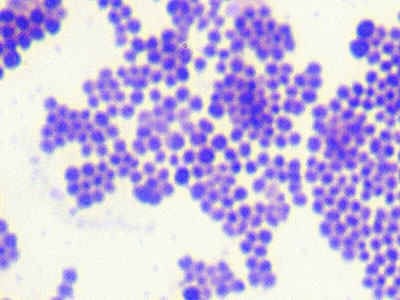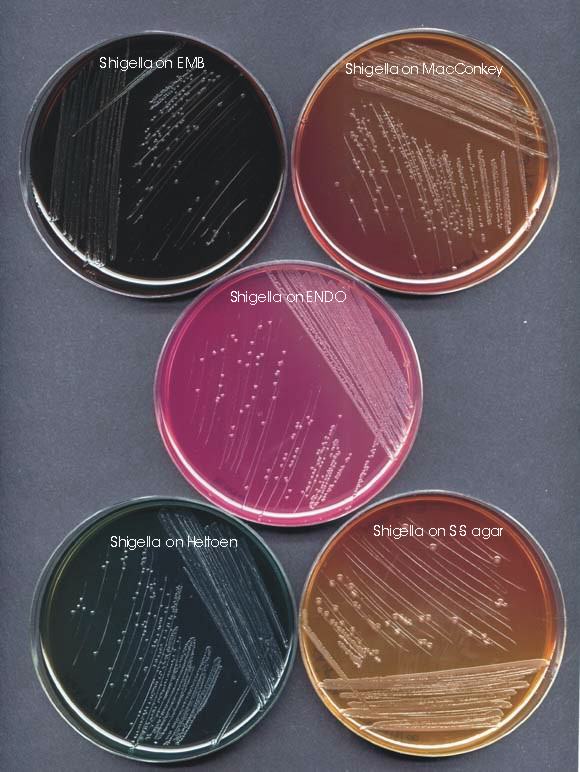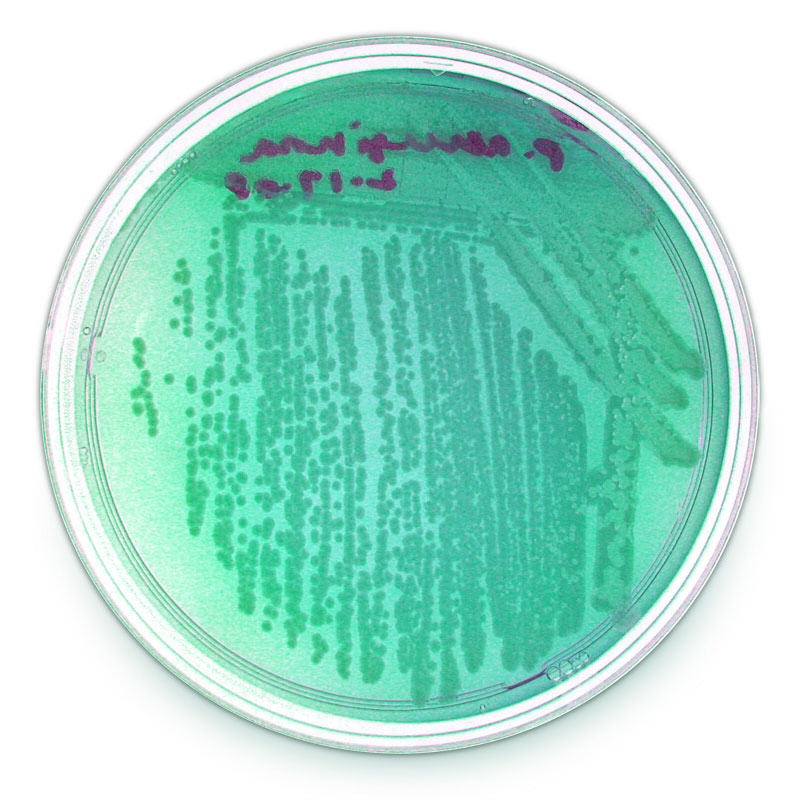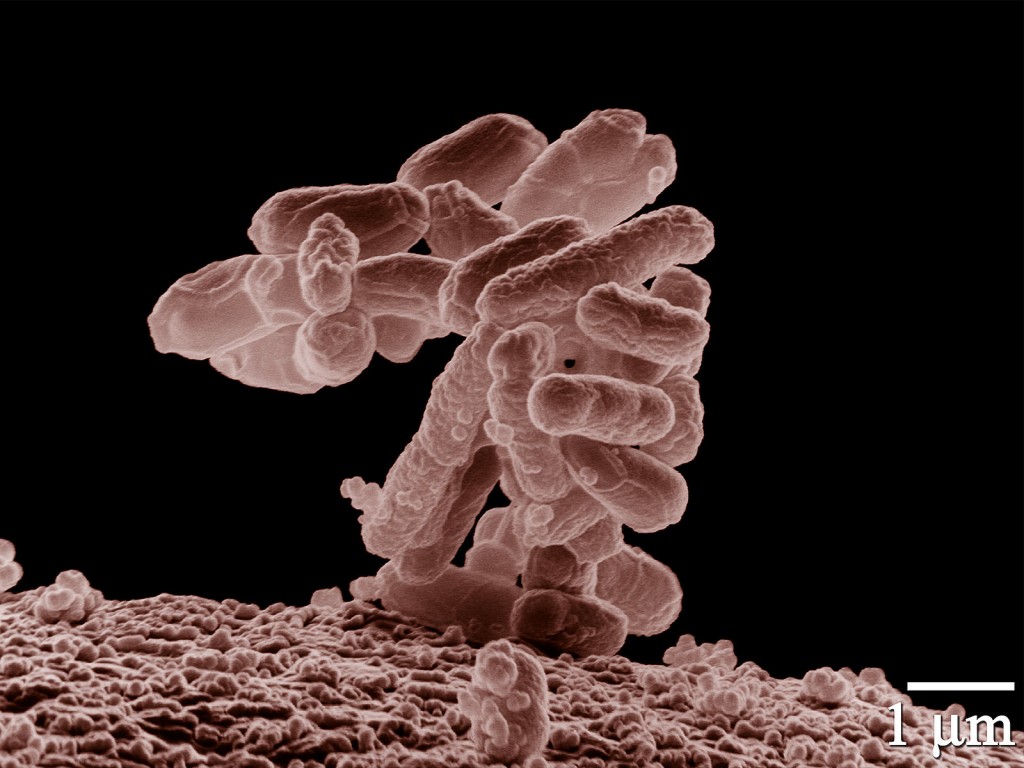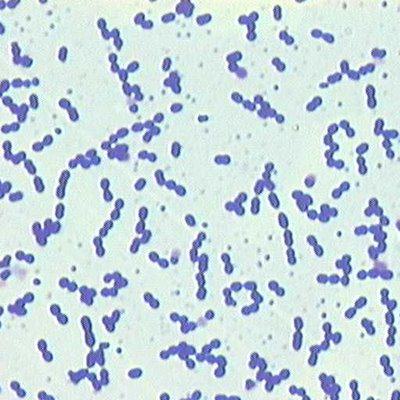Staphylococcus
Staphylococcus is the genus name of a very large group of closely related bacteria, some of which are commonly found on and in the human body, and some of these bacteria are notorious causes of infection and disease. Among the most common of these bacteria that are capable of causing disease are Staphylococcus aureus and …
